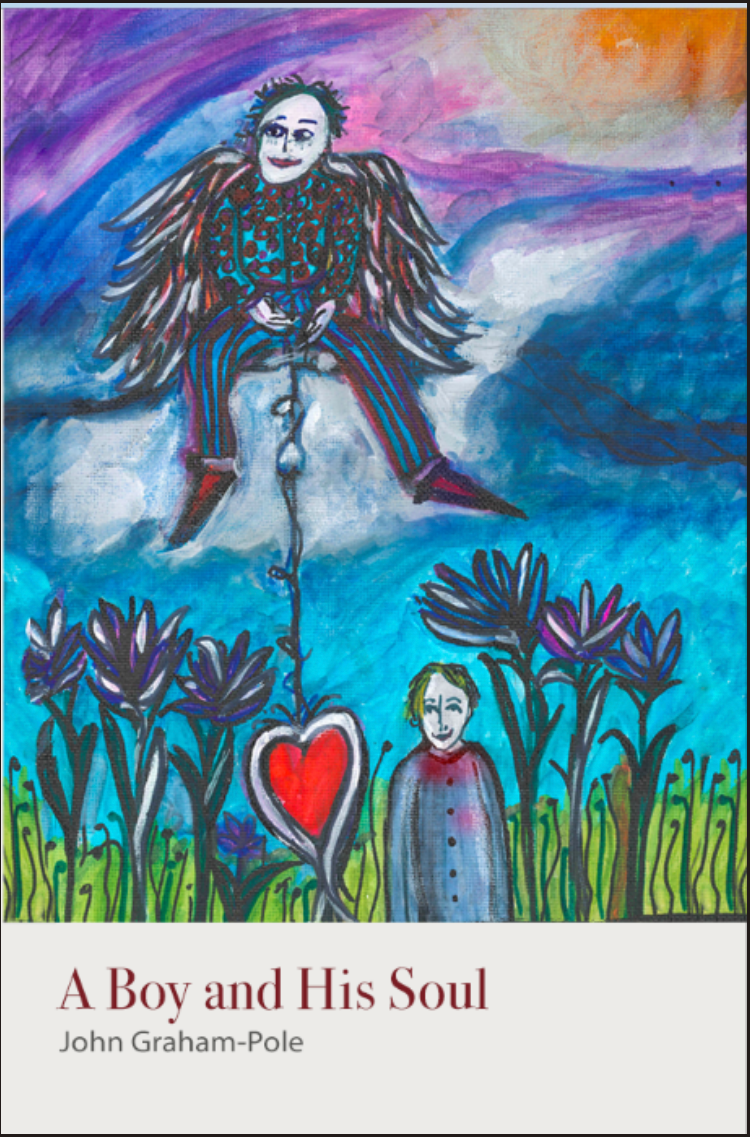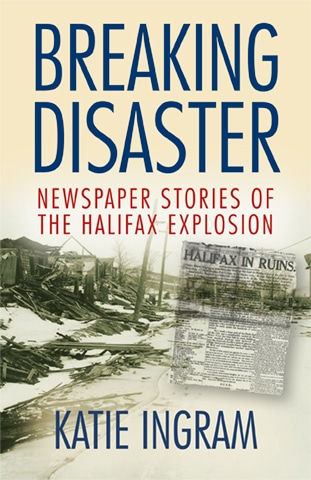Caught in the Eye of the Storm
The global housing crisis is reshaping everything, everywhere. The city of Toronto has come to be recognized worldwide as an iconic epicenter of unaffordability, a place where prices soar and politicians quibble, corporate developers cash in and people struggle to afford a place to live.
Amid this churning crisis, Caught in the Eye of the Storm shows up right on time to tell the story of an iconic public housing development in one of the world’s most scandalously expensive property markets. The book offers a one-of-a-kind study of Lawrence Heights, a public housing district in North York, Toronto, as it is subjected to Canada’s largest revitalization initiative. Here, policy analyst and urban scholar John Careless presents a narrative of change and upheaval in Lawrence Heights, beginning with its origins after World War Two as a modernist style “city on a hill” that was intended to help remedy Toronto’s affordable housing shortage and simultaneously transform its systematically disadvantaged tenant base into idealized members of the middle class. As the community became progressively more racialized and oppressed in the late twentieth century, the reputation of Lawrence Heights and its occupants became steadily more denigrated by the forces of stigmatization, governmental neglect and police brutality. In this milieu, local political officials and private developer partners have striven to tear Lawrence Heights down and rebuild it into a socially mixed neighborhood. This plan threatens the existing social fabric of a proud and politically active community. This book provides an essential account for everyone interested in today’s transformative struggles for housing justice.






















